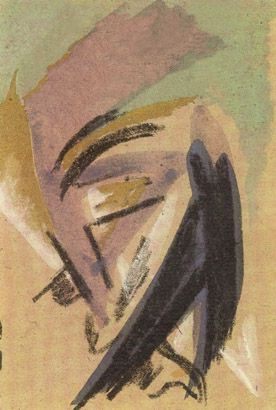The Treaty of Versailles ending the First World War in 1919 forces a major change in European politics specifically Franco – German relations. The continent is drastically altered in a way that had never been done on such a grand or modern level. However the classic historic understanding that the Versailles treaty was an idiotic plan is a poor and simplistic hindsight history. Delving deeper into the precedence for the treaty and complex reasons for why its effect was so imposingly bad leads to a more adept understanding of history.
First the treaty punishes Germany with many territory based acquisitions. The Saar is taken for France in Article: 45. Alsace Lorraine is changed from German control in Article: 49, and the previous 1871 treaty of Frankfort returns previous lands under the control of the French. Along with other territory reforms the German state is drastically different. The line drawn from these reparations is towards an angry and weakened interwar period Germany leading to a drastic Hitler and World War II. That is the cause and effects of Versailles. The common understanding at the time however had set a precedence of natural territorial take over post war. The fact in the document they mention the 1871 treaty of German land conquest after the Franco German war goes to prove the natural reaction at the time. France failed to have revolution and financial disasters after forty years lacking possessions Germans controlled.
Second the significantly more complex issue of demilitarizing and putting German, Ottoman, and Austrian governments under a supranational institution does something without precedence. This act having never been able before, but now due to the growing centralization, bureaucracy, communications and overall ability to control, other powers can dictate long term semi-sovereign countries. This sovereignty question is used excessively with French aims to dominate and humiliate Germany. Article: 231 and 232 or the war guilt clause show how the French interests are to remain in power over Germany, hacking at the sovereignty and power base a state needs to function properly.
These precedence and lack of precedence more adequately break down the ways the Versailles Treaty eventually failed. The lack of precedence for how the effects of the Versailles’ demilitarization and continued French and international control meant that assuming or understanding the impacts would be near impossible. While Keynes grasped many of the problems the shifting economic, industrialization and urbanization, the changing social classes of the time and the influx of more political theories changed the social-culture landscape of the continent. This lack of precedence all combined with the great depression and interwar years built to how the Versailles failed.



